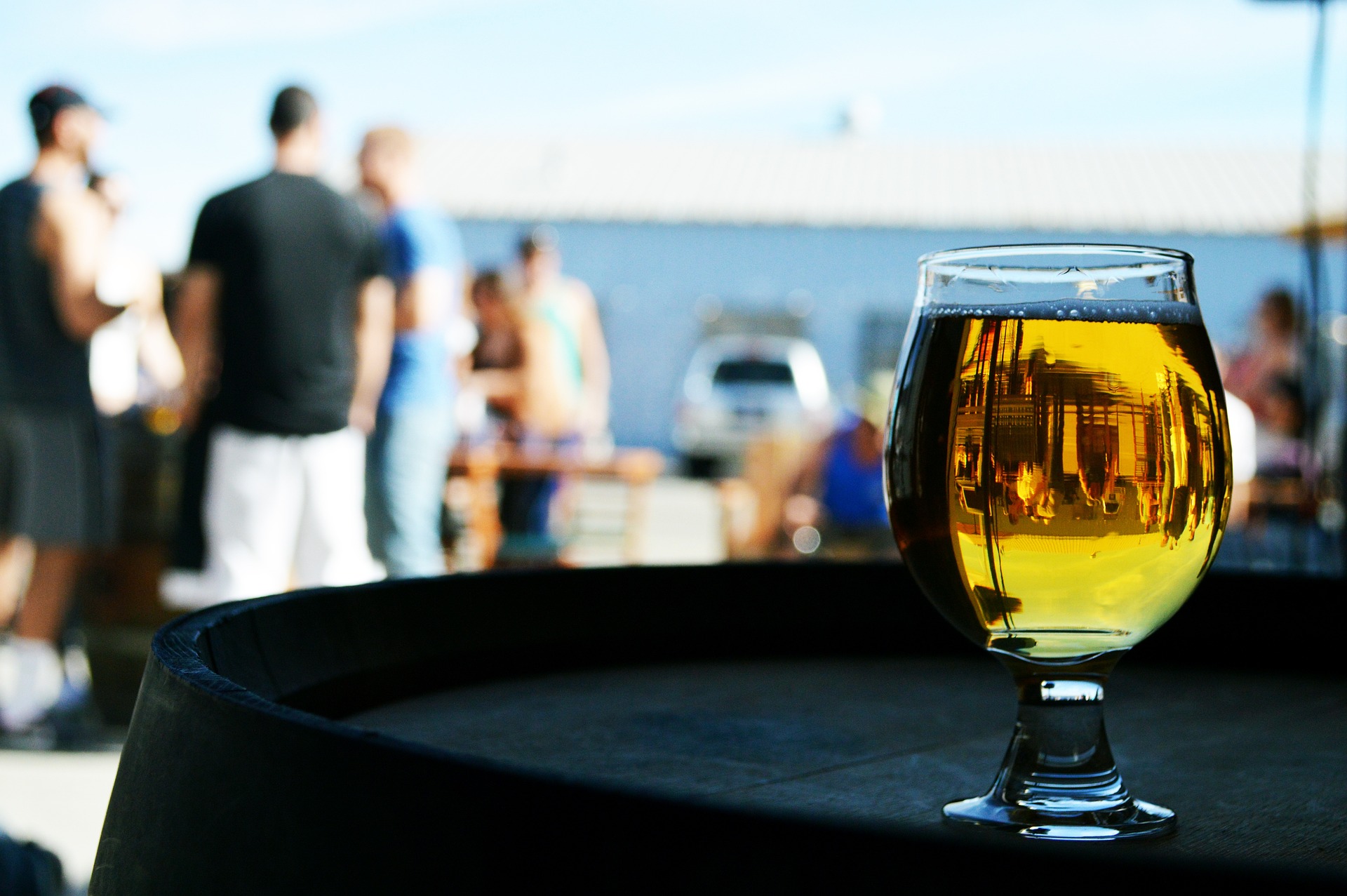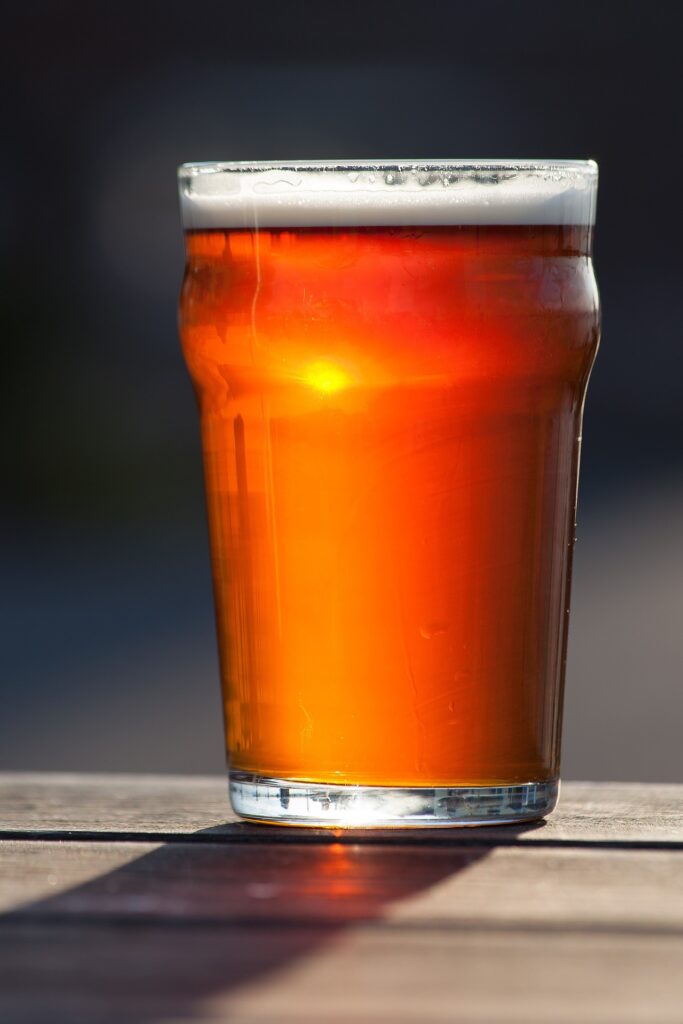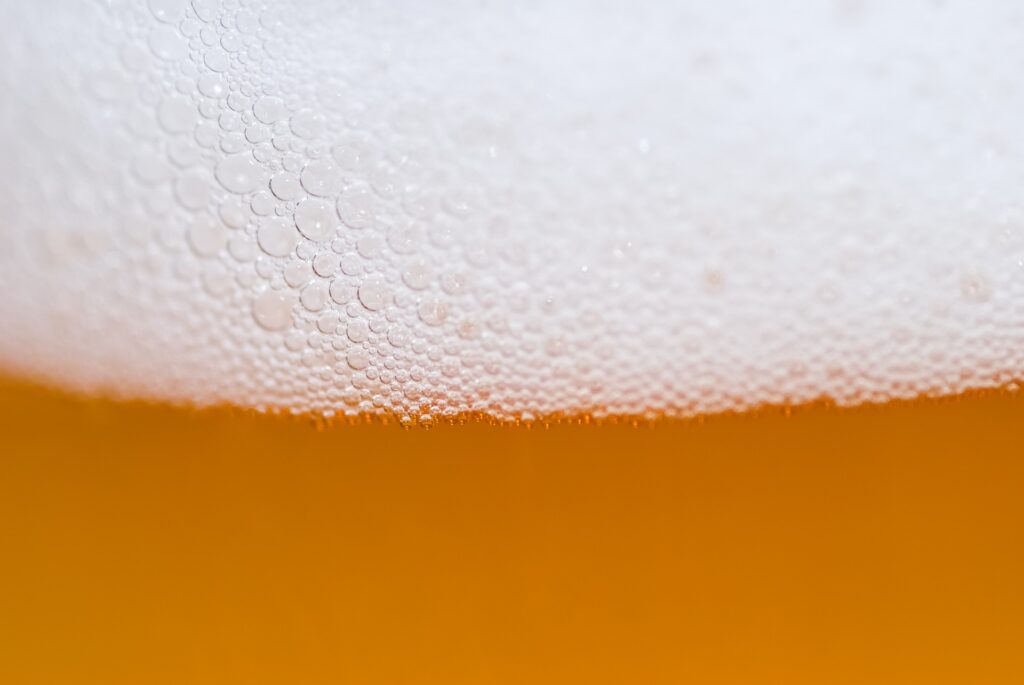Ale and lager are the two most popular styles of beer available today. Most of the commercially available brews that we enjoy as beer lovers will probably fall into one of these two categories.
Can you tell a lager from an ale? In this article we’ll discover the differences between these two famous styles. We’ll look at their history, how they’re made and some examples of each.
The history of ale
It is still unclear who brewed the first ale. Many historians believe that the first beers were probably developed in line with humanity moving from a hunter/ gatherer existence to a more settled lifestyle where crops such as barley and rice were grown as staples.
It is in the middle east, around 5000 years ago, that we start to see more definitive evidence of brewing such as beer and yeast residue in vessels from ancient Mesopotamia – although these ales probably looked and tasted very different to what we expect from a beer these days!
Fast forward to the start of the medieval period around 500 AD and we see ale beginning to become a staple part of European diets. In this period, ales were used as a vital source of calories and also as a healthy alternative to often polluted drinking water (because the boiling process and alcohol in ale killed off many nasty bugs). Around this time, ale was differentiated into two categories: small ale (an everyday drink with low ABV) and strong ale (a higher alcohol beverage for celebration, ritual or as a show of wealth).
Through modern times, ale has continued to change and develop into what we see today: a full bodied, sweeter drink bittered with hops (rather than gruit).
Characteristics of ale
Ale is characterised by the type of yeast used, fermentation temperature, the ageing process and general flavour profile. By looking at each or these indicators, it’s easy to tell an ale from a lager.
First we start with yeast. Ales will always use a “top fermenting” yeast strain. This means that, when added to the brew, the live yeast accumulates on the top of the fermenting beer (wort) as they process the rich sugars in the mix. This will result in a foamy krausen on top of the brew as it ferments.
The fermentation process itself happens at higher temperatures than we would typically see in a lager. The ideal fermentation temperature for most modern ale yeast strains falls around 12-24°C (60-75°F). Any higher and the ale yeast could start to impart off-flavours to the brew. Any lower and the yeast may become dormant.
The result of these brewing conditions is a full-bodied drink that is often fruity, slightly sweet and best enjoyed fresh. In modern times, it is usually generously flavoured with hops (although this can vary). Serving temperature is typically warmer than that of lager beer.
Popular varieties of ale
There are many different types of ale, but three popular ones are:
Pale Ale: this is a style of beer that is brewed with pale malt and often has a crisp, hoppy flavor. It is a popular choice for beer enthusiasts who enjoy a slightly bitter taste.
India Pale Ale (IPA): this is a type of pale ale that is characterised by a strong hop flavour and high alcohol content. This is typically a very bitter style!
Brown Ale: this is a type of ale that is darker in colour and has a slightly sweet, nutty flavour. It is brewed with roasted malts and is a popular choice for those who enjoy a richer, more complex beer.
RELATED: Different Types of Beer
The history of lager
Who can resist a cold lager on a hot day? Crisp, clean and refreshing, lager easily outsells ale every year worldwide in both over the counter sales and bar/ restaurant sales. Originating in the south of Germany, lagers have remained extremely popular since their inception over 500 years ago.
As with ale, lager has changed over the years and today is characterised by its light body, higher carbonation and more mild flavour. With the modern advent of refrigeration making it easier to cold-store beers, the world saw an explosion in the population in lager. Today, the global lager market is worth over USD 350 billion.
Characteristics of lager
Lager is characterised by the process of storing beer in a cold place during and after fermentation. In fact, the word “lager” in German roughly translates to “storage space” or “warehouse”. While many people in Germany and surrounding areas were cold storing beer for many years, it was not until around the 15th century that we see the unique combination of specific yeast (Saccharomyces pastorianus) and cold storage that we associate with modern lagers.
Lager and ale yeast, although related, are different in how they process the sugars in wort (unfermented beer). The first difference is that lager yeast is “bottom feeding”. While ale yeast sits on the top of the brew while it ferments, lager yeast remains at the bottom of the fermenting vessel while it does its work. Another difference between ale and lager yeast is the temperature at which they work. While ale yeast generally prefers warmer temperatures, lager yeast work best at lower temperatures (generally around 7-13°C or 45-55°F).
After the fermentation, lager is stored somewhere cold before consuming. Once the beer is in suitable vessels, the temperature of the brew is slowly dropped to just above freezing (2–3°C or 3–5°F) and stored (“lagered”) for a minimum of four weeks, although longer is better. The purpose of this process is to condition the beer for a smoother flavour profile and to allow sediment to drop out of suspension. This results in the clear, smooth beer that we expect from a cool glass of lager.
Popular varieties of lager
Three of the most popular varieties of lager are:
Pilsner: This is a light-coloured lager that originated in the Czech city of Pilsen. It is characterised by its crisp, clean taste and is one of the most popular styles of beer worldwide.
American Lager: This is a light, refreshing lager that is often mass-produced by large breweries. It is a popular choice for those who enjoy a mild, easy-drinking beer.
Munich Helles: This is a German lager that is similar to pilsner but is slightly sweeter and has a lower hop bitterness. It is characterised by its golden colour and is a popular style of beer in Bavaria.
The main differences between ale and lager lie in the yeast used, the fermentation temperature, the ageing process, and the resulting flavour profile. Next time you’re at the bar why not get one of each and see if you can taste the difference?
Cheers!






